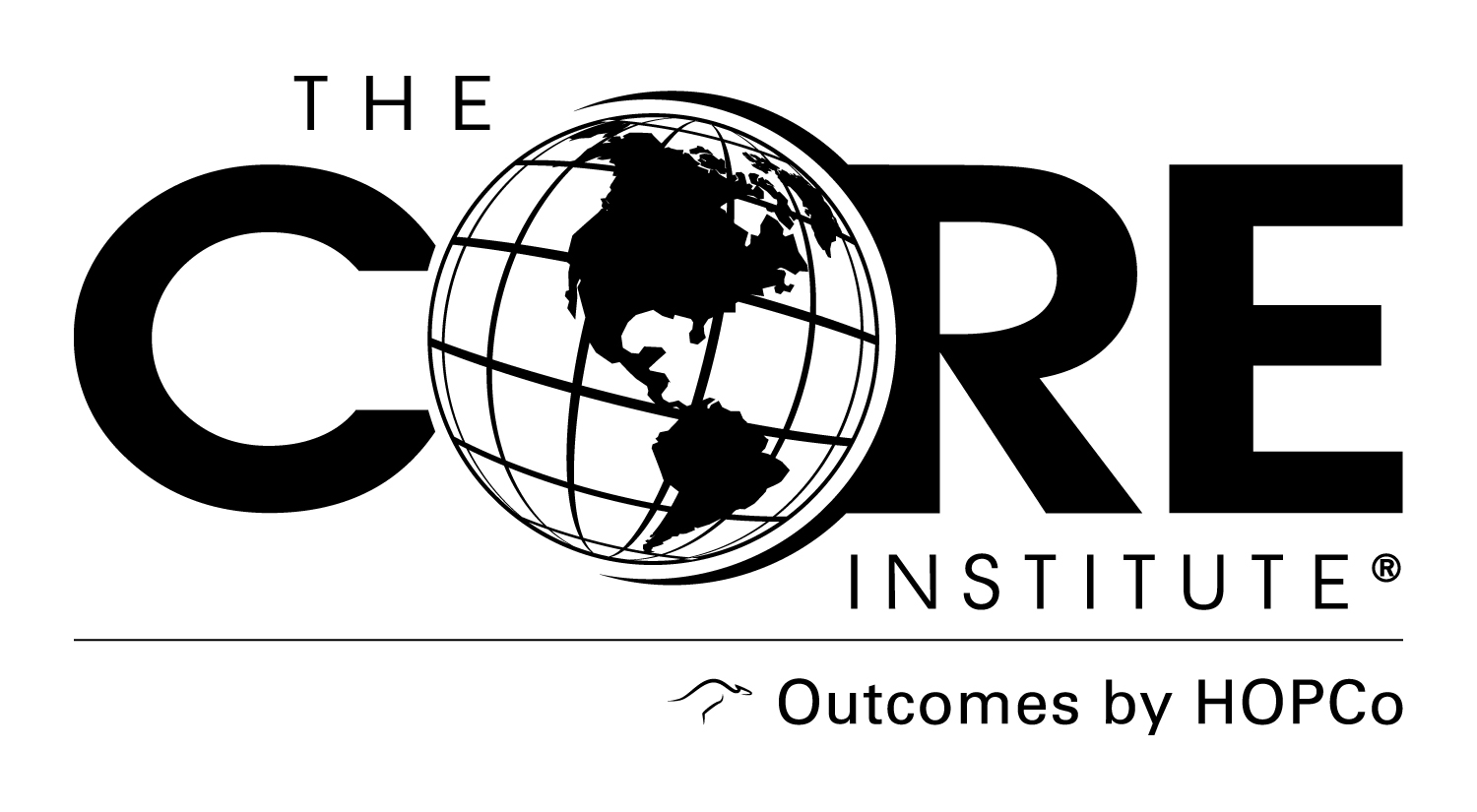With tendons attaching muscles to the bone throughout the entire body, it is no surprise that painful tendonitis afflicts 24 million patients in the U.S each year. Whether the result of repetitive use, aging or injury, the discomfort, loss of motion and inflammation of tendinitis can evolve into a chronic condition.
When approaches such as rest, physical therapy and other traditional treatments aren’t effective, many patients would have previously chosen the option of surgery, which can require significant downtime and recovery.
Revolutionary procedure
Now, The CORE Institute offers an alternative. The Tenex procedure is a revolutionary, non-surgical procedure to treat tendonitis and soft tissue injuries. According to Sports Medicine Specialists John Kearney, MD, and Nina Patel-Hinkle, DO, this minimally invasive approach reduces the scar tissue that can cause chronic tendon pain and stimulates a renewed healing response.
The CORE Institute colleagues share that medical research studies and treatment on more than 100,000 patients since 2012 have shown that the procedure significantly reduces pain and improves functionality for tendonitis of the elbow, hip, knee, ankle and plantar fasciitis of the foot.
“Tendons are like the puppet strings that move the bones,” said Dr. Kearney. “They are the thick, rubbery connections between the bone and muscle. Unfortunately, unlike muscle, tendons have a limited blood supply and don’t heal quite as quickly if they are injured. Like a rubber band that is nice and stretchy when new, as the years go by, tendons don’t have the same elastic quality and can break down.”
Ultrasonic, too
The Tenex procedure involves using an ultrasonic tool to safely break down hardened tissue, along with a small incision to remove the damaged materials. The outpatient procedure requires only a local anesthetic and takes less than 20 minutes. Because the ultrasonic vibrations targets just the damaged tendon, the surrounding healthy tissue is not impacted.
Dr. Patel-Hinkle explained that anyone at any age could develop tendinopathy or tendonitis, but aging is the most common factor. She stresses that it is essential to get the right diagnosis to receive the correct treatment. The best diagnosis is achieved by discussing the patient’s history and doing a physical exam.
“Results can vary, but we do see consistent improvement in pain relief with the Tenex procedure,” said Dr. Kearney. “The really good thing about this technology is it is one of the safest treatments you can have done, and it is covered by most major health insurance carriers, including Medicare.”
- Check Your Spine - April 14, 2021
- 10 Tips For Your Best Home Workout - April 14, 2021
- Faster Orthopedic Service… No Appointment Necessary! - April 14, 2021
